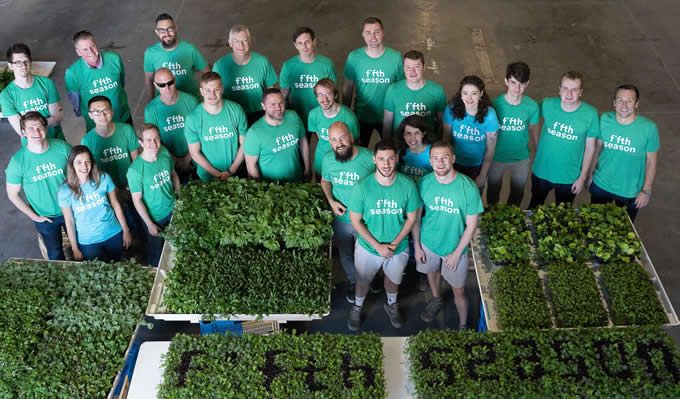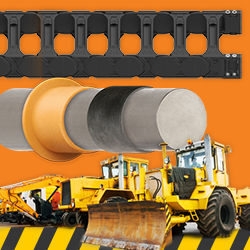The company's first urban farm, incubated at Carnegie Mellon University, uses proprietary robotics technology to grow affordable fresh produce for Pittsburgh-area grocery stores and restaurants
 RoBotany Builds 60,000-square-foot Vertical Farm in Braddock, Plans Nationwide Expansion as Fifth Season
RoBotany Builds 60,000-square-foot Vertical Farm in Braddock, Plans Nationwide Expansion as Fifth Season

News from | Fifth Season
Fifth Season, an indoor farming pioneer, announced plans for its first highly efficient, commercial-scale indoor vertical farm, which will open in early 2020 in Braddock, an historic steel town near Pittsburgh.
Fifth Season, originally founded as RoBotany Ltd., is a consumer-focused technology company that was incubated at Carnegie Mellon University's (CMU) Swartz Center for Entrepreneurship—an alliance of CMU's business, robotics and other schools focused on fostering innovation. The company has raised over $35 million to date led by Drive Capital and other private investors with close ties to CMU. Its leadership team has deep expertise in plant science, robotics, AI and systems engineering.
Austin Webb, Fifth Season's co-founder and CEO, said the company's 60,000-square-foot Braddock farm will set a new vertical agriculture standard for efficient, safe and sustainable production of pesticide-free leafy greens and herbs in urban communities.
Fifth Season developed and perfected its technology with two R&D vertical farms in Pittsburgh's South Side neighborhood. Their leafy greens have been sold at local retailers, such as Giant Eagle and Whole Foods Market, along with popular Pittsburgh restaurants Superior Motors, honeygrow and Kahuna. Produce from the flagship production farm coming to Braddock will also be available in Pittsburgh-area grocery stores and restaurants.
"The goal through our first three years of development was to prove we could bring fresh food to urban customers at prices competitive with conventionally grown produce," Webb said.
"We have developed fully integrated, proprietary technology to completely control the hydroponic growing process and optimize key factors such as energy, labor usage and crop output," Webb added. "The result is a vertical farm design that has over twice the efficiency and grow capacity of traditional vertical farms. Our unprecedented low costs set a new standard for the future of the industry."
Webb said the Braddock farm's ideal growing environment will deliver perfect, pure produce, in any season. It will produce over 500,000 pounds of lettuce, spinach, kale, arugula and herbs from its 25,000-square-foot grow room during the first full year of operation. The facility is partially solar-powered and requires 95 percent less water compared to traditional growing operations.
Webb said the company is planning a staged expansion in additional, similar-sized cities across the U.S.
The content & opinions in this article are the author’s and do not necessarily represent the views of AgriTechTomorrow
Comments (0)
This post does not have any comments. Be the first to leave a comment below.
Featured Product

